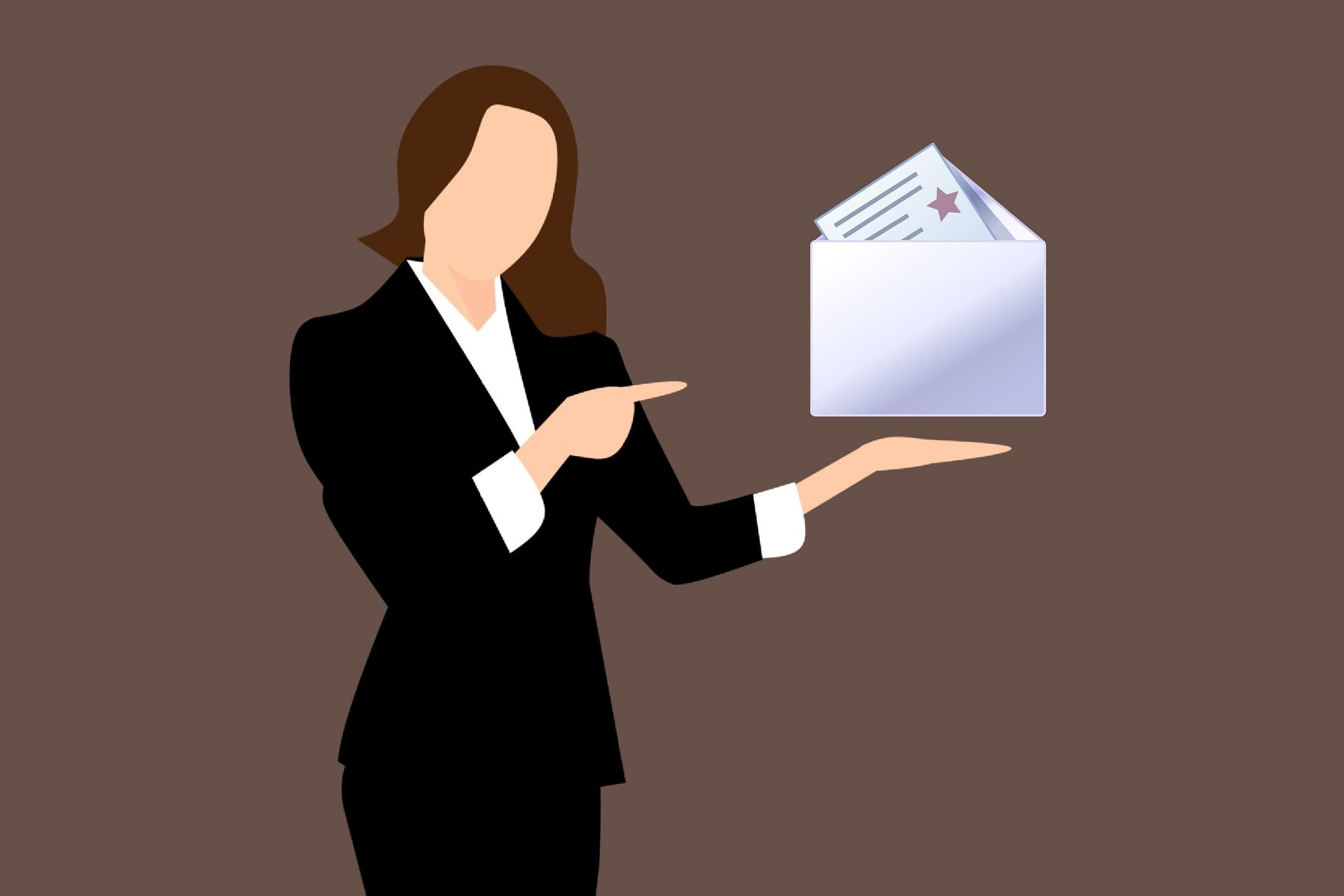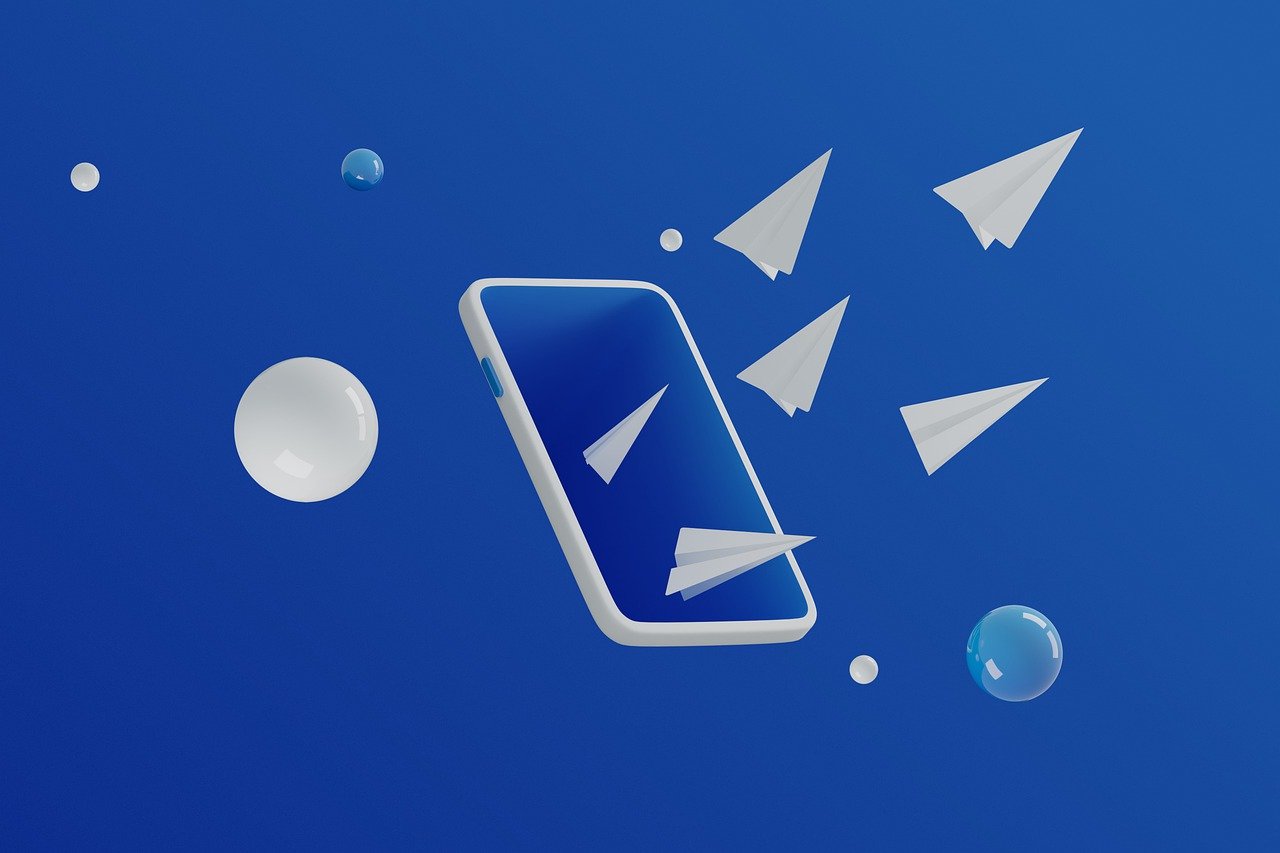Email automation is a process of automatically sending emails to subscribers based on triggers, schedules, or user actions you define. Automation allows businesses to send timely, relevant, and personalized content at scale rather than having to craft and send each message manually. Beginning with a welcome email for a new subscriber, to an abandoned cart reminder, all the way to a follow-up after a purchase, automated emails help you manage your tasks, build relationships, and drive up engagement – all of that with almost no manual work involved.
Leading platforms like Mailchimp, Selzy, or ActiveCampaign make this process accessible and powerful. Mailchimp offers user-friendly automation features. ActiveCampaign is known for its advanced behavior-based triggers, dynamic segmentation, and powerful customer journey mapping tools. Meanwhile, Selzy provides an intuitive interface and quick-start templates, making it a great choice for teams or entrepreneurs looking to launch professional campaigns quickly.

Game-changing email automation campaigns
Email automation shines when you deploy the right campaigns at the right times. Thus, here are some of the best email automation types that can take your marketing strategy to the next level and generate actual results.
Welcome series
The first impression matters. A welcome emails greets new subscribers, introduces your brand, sets expectations, and typically includes a special offer or helpful resources to engage them immediately.
Promotional campaigns
These are time-sensitive or value-driven emails promoting a sale, discount, or product launch. Promotional campaigns are well-suited for conversion and leveraging customer interest.
Seasonal or event-based campaigns
So it’s always good if your email aligns with some kind of holiday or trends. Such campaigns result in timely relevance and can therefore stimulate engagement with content through themes, limited-time offers, or invitations for events.
Triggered email sequences
Based on user behavior, such as visiting a product page or downloading a piece of content, these series seem timely and relevant, making them extremely effective at pushing leads further down the funnel.
Post-purchase drip campaigns
Don’t stop after the sale. Follow up with product usage tips, cross-sell suggestions, and satisfaction check-ins to build loyalty and drive repeat business.
Social media connection series
In addition, encourage subscribers to follow and engage with your brand on Instagram, LinkedIn, TikTok, etc., in turn allowing you to reach more people and build your community.
Newsletter series
Keep your audience informed with regular updates, insights, or curated content. The newsletter helps maintain engagement and positions your brand as a valuable resource.
Abandoned cart emails
When a customer leaves items behind, this email series brings them back with reminders, product images, or incentives – dramatically improving conversion rates.

Email journey essentials: what to send and when
Timing doesn’t simply mean sending emails when it’s the right hour of the day; it means matching a message with the stage of the journey a customer is in. For instance, a welcome email should hit right after someone subscribes, whereas abandoned cart emails work best just a few hours after the user has gone to leave their cart. Triggered emails – your product recommendations or content follow-ups – should respond to near real-time actions to give a feel of personalized engagement. Newsletters (on a weekly or monthly basis) serve the purpose of maintaining brand presence, so they only work as they should on a periodic cadence. Spreading post-purchase campaign emails across a few days or weeks can guide the customer towards greater value or repeat purchases. Understanding what to send and when to send it makes a blanket sequence feel special, timely, and relevant.
Don’t mix up personalization and audience targeting
Personalization and audience targeting are often confused and used interchangeably, but they are two different strategies, and knowing the distinction is critical to successful email marketing. The approach allows marketers to divide subscribers into successful email marketing.
Distinct segments are defined by common traits such as demographics, previous purchases, or behavior. It allows marketers to communicate relevant messages to different segments. While behavior-based marketing is important, personalization takes it one step further by customizing what goes inside each email to the individual – name, preferences, experience, or live-action behavior. Targeting says, “‘This group may be into this,” and personalization says, “You will love this.” Together, they form a power play to maximize the strategic placement and relevance of your emails.
Why sending the right email at the right time matters more than you think
If an email hits at a moment that matches the needs or expectations of a subscriber, they are more likely to open, read, and act on it. This is exactly why behavior-based triggers (sending an email immediately after someone browses a product or signs up for a webinar, for example) consistently outperform static, scheduled sends. Emails that present as off-the-cuff – but are scheduled to near perfection – can feel personal, which increases trust and interactions.
Hitting subscribers at a moment where their needs and/or expectations align when email arrives makes them much more likely to open, read, and take action on it. That’s why a behavior-based trigger (like sending an email immediately after someone browses a product or signs up for a webinar) will always outperform a static, scheduled send. Spontaneous-feeling – but perfectly timed – one-on-one emails tend to feel more personable and effective, furthering trust and engagement.

Final thoughts
Email automation is not just a time-saving technique – it is a strategic instrument that enables brands to provide significant, personalized experiences at scale. By using smart tools such as Mailchimp, Selzy, and ActiveCampaign, businesses of all sizes can design campaigns that will speak directly to individual user behaviors, preferences, and the moments in their journey.
There are a ton of scalable options here – whether that’s welcome sequences, post-purchase drips, event-based promos, or re-engagement emails, automation means you can show up at just the right time, with the right message. The magic occurs when segmentation, personalization, and timing work together, transforming routine emails into relationship-building tools that convert, retain, and delight.
Whether you are in B2C or B2B, perfecting your email automation will be exactly what you need to beat the pack and provide an authentic and consistent connection with the people who deserve it the most – your customers.
About the author:
Mark Fairlie is a freelance content creator who loves exploring the latest trends in email marketing. He helps startups craft compelling newsletter content that keeps subscribers engaged over the long haul.
